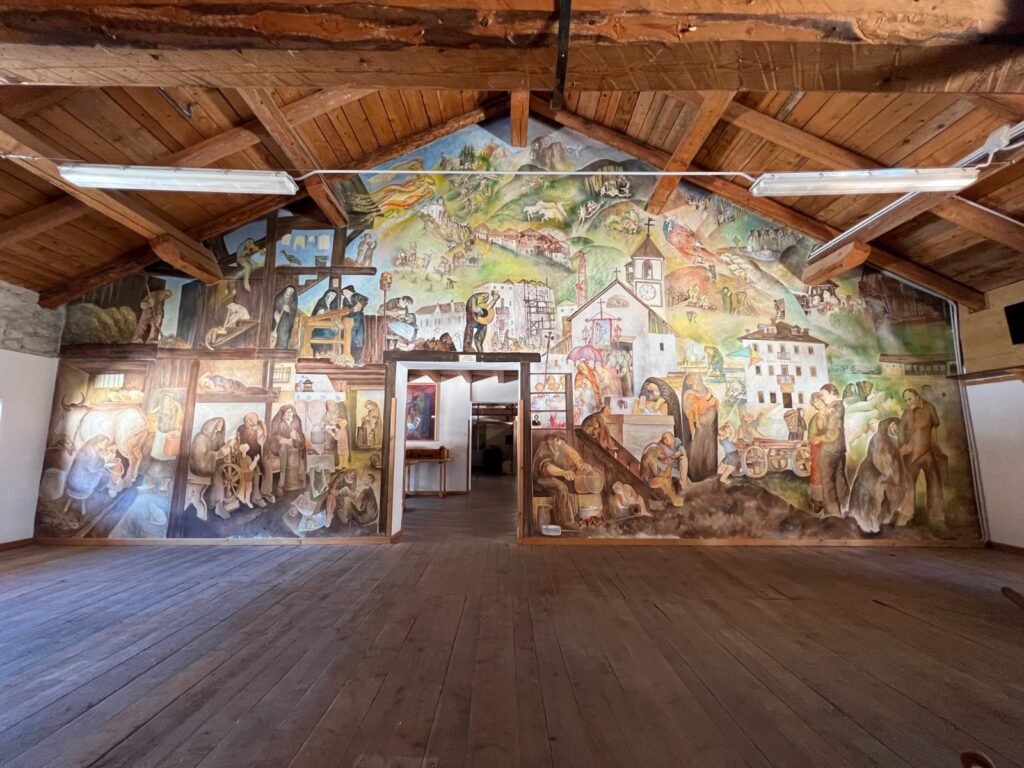MUSEUM
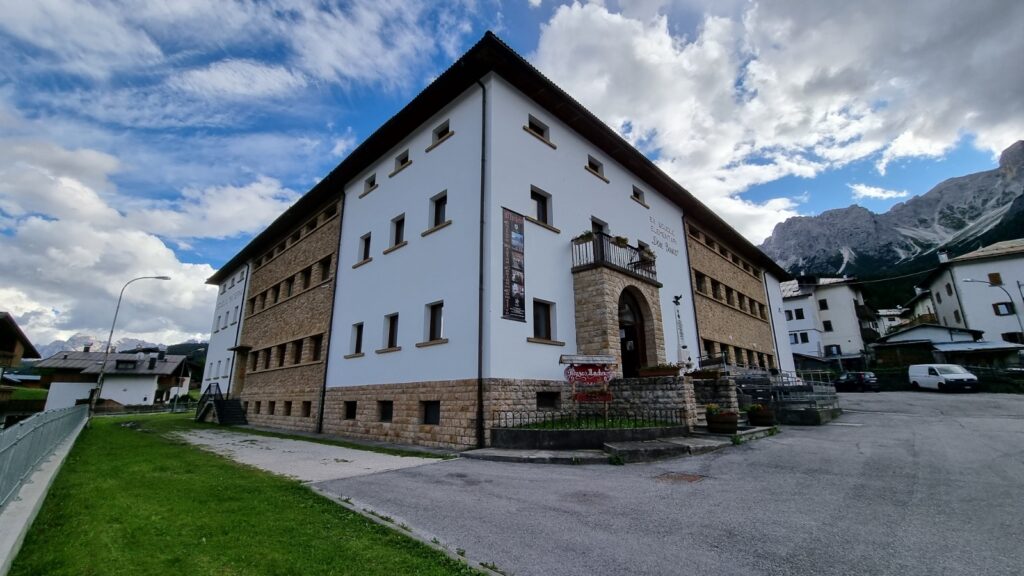
The museum displays a vast collection of objects that were an integral part of the daily life the people of Comelico, offering, visitors a valuable insight into the traditions and customs of the past.
Even today, the goal of remembering and recreating the world of the past has not changed, and despite the recent reorganization, the museum stands as one of the most important permanent exhibitions in the entire Comelico valley, thanks to its aim to preserve and protect not only traditions, but also cultural originality
The exhibition pathway features more than 4,000 objects divided into thematic sections. Various tools from the most common trades (lumberjack, carpenter, mason, farmer, seamstress, cheesemaker, tinsmith, etc.) are on display, along with reproductions of the main rooms of a traditional house (living room, kitchen, bedroom and related activities (workshop and church). Additionally, the miniatures by Alberto De Bettin and Gilberto De Martin Pinter bring us back, in scale, to the era of our ancestors.
Additionally, a room is dedicated to the wagons that were used for work, leisure, or even for extinguishing fires. Finally, a large hall is dedicated to the Great War in Comelico.
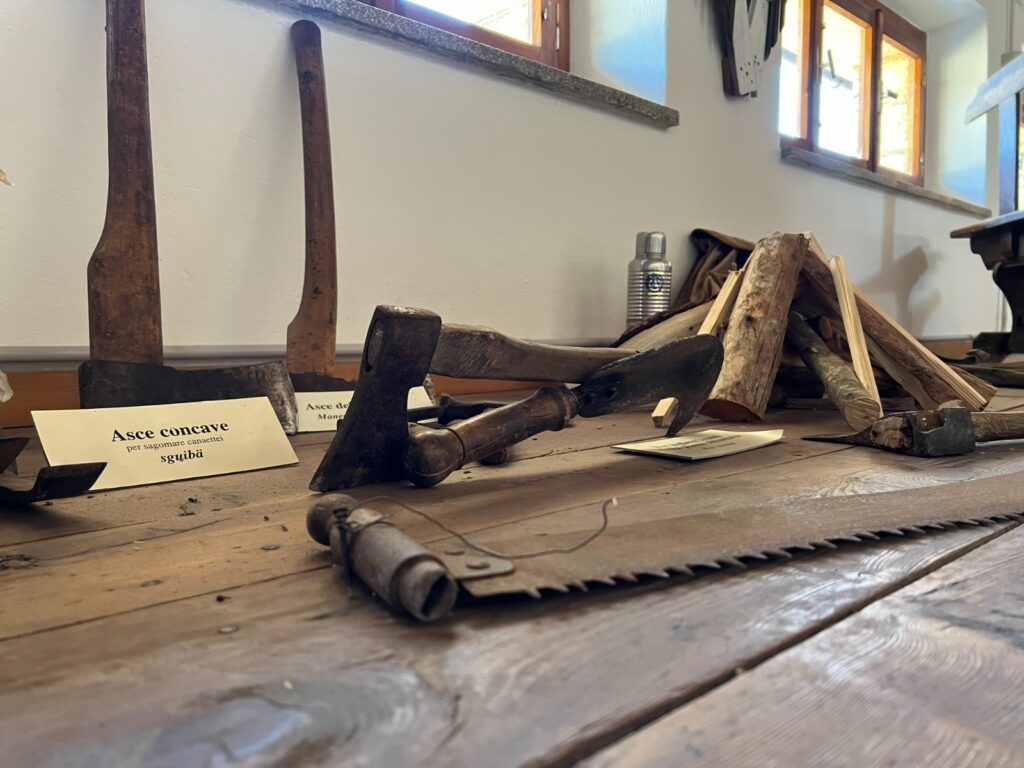
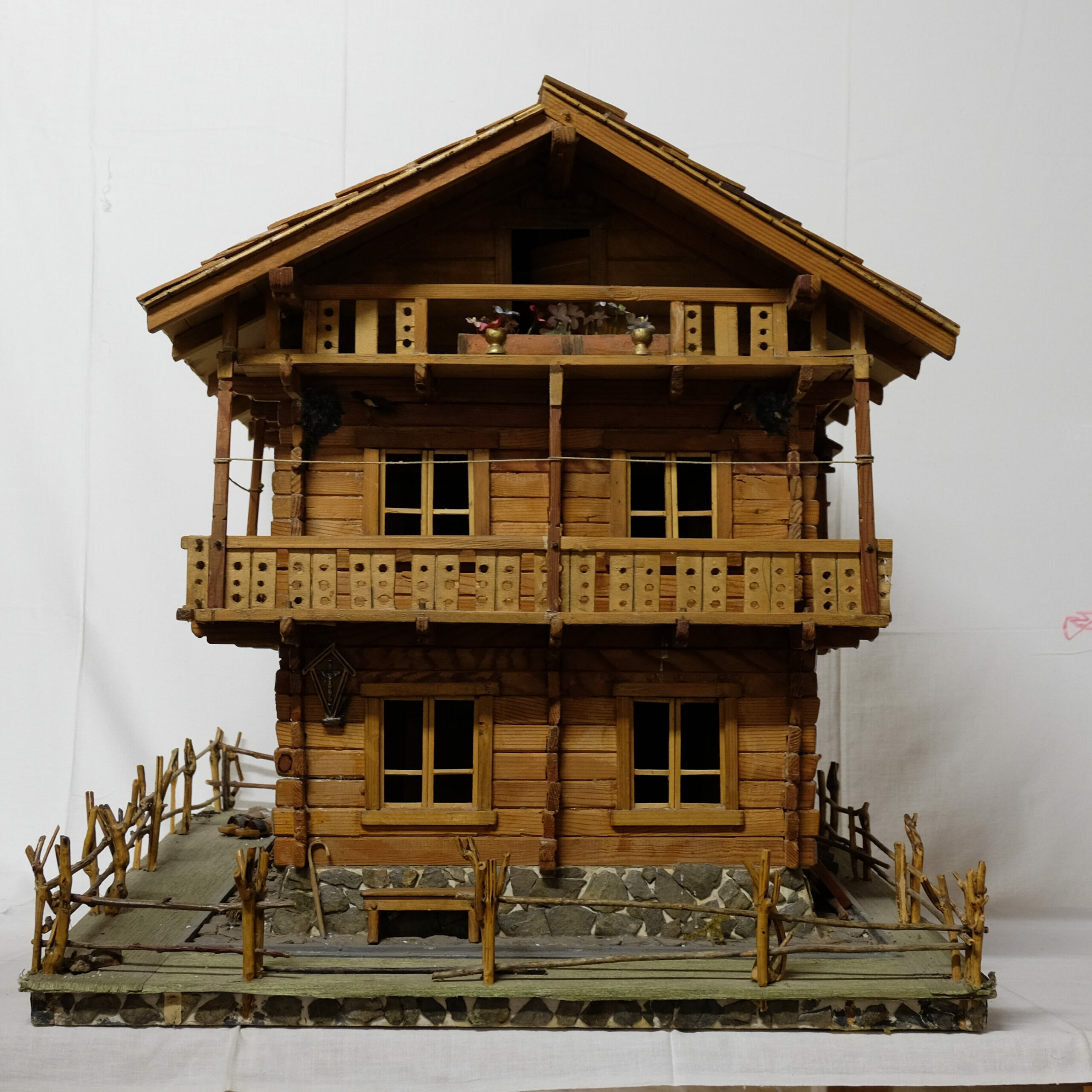
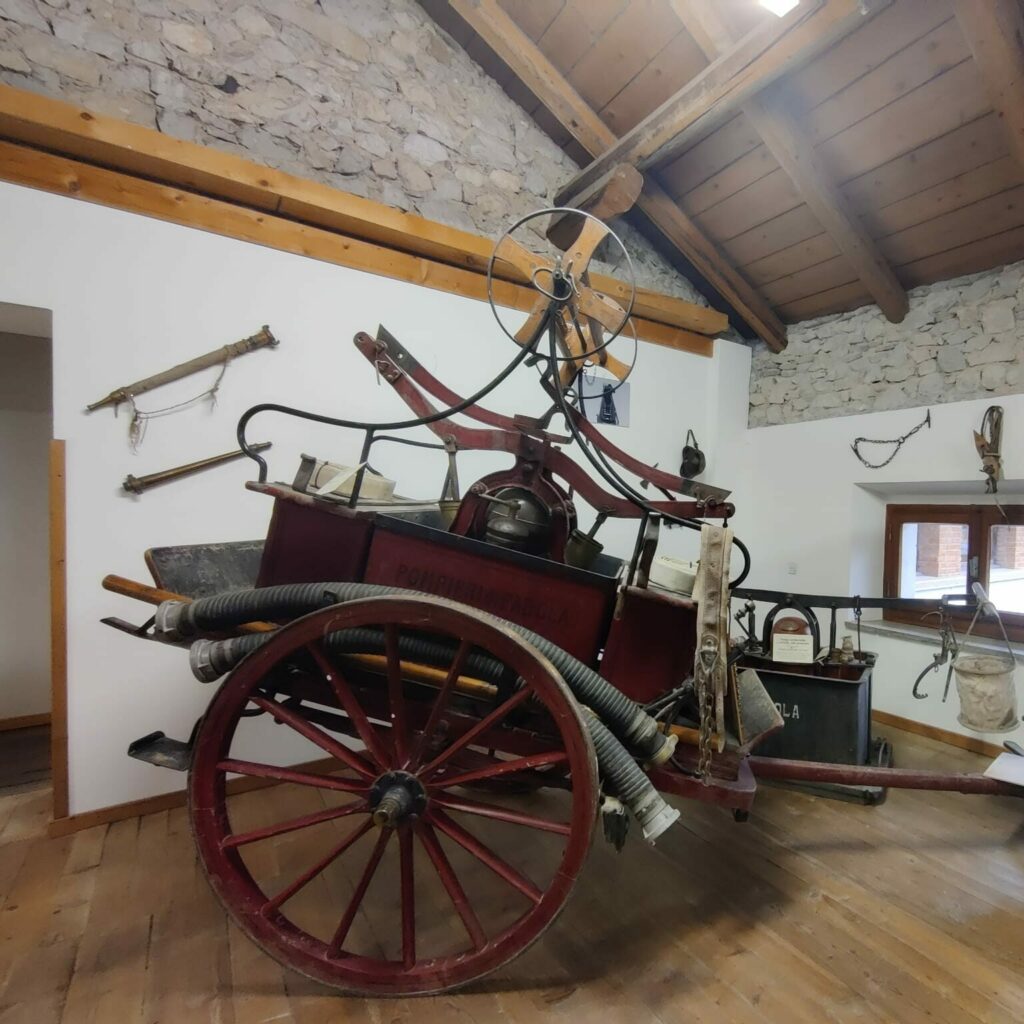
The fresco by Vico Calabrò
The main work of the museum, however, remains the large and captivating fresco by the artist Vico Calabrò, located at the centre of the museum.
Commissioned by the friends of Pio Topran D’Agata, the fresco was inaugurated and unveiled on 9th August 1981. Thanks to this representation, a remarkable iconographic synthesis of the customs and traditions of our community, the Regola of Padola decided to found the museum in order to promote interest in and the recovery of the testimonies and ancient practices of the local alpine people.
